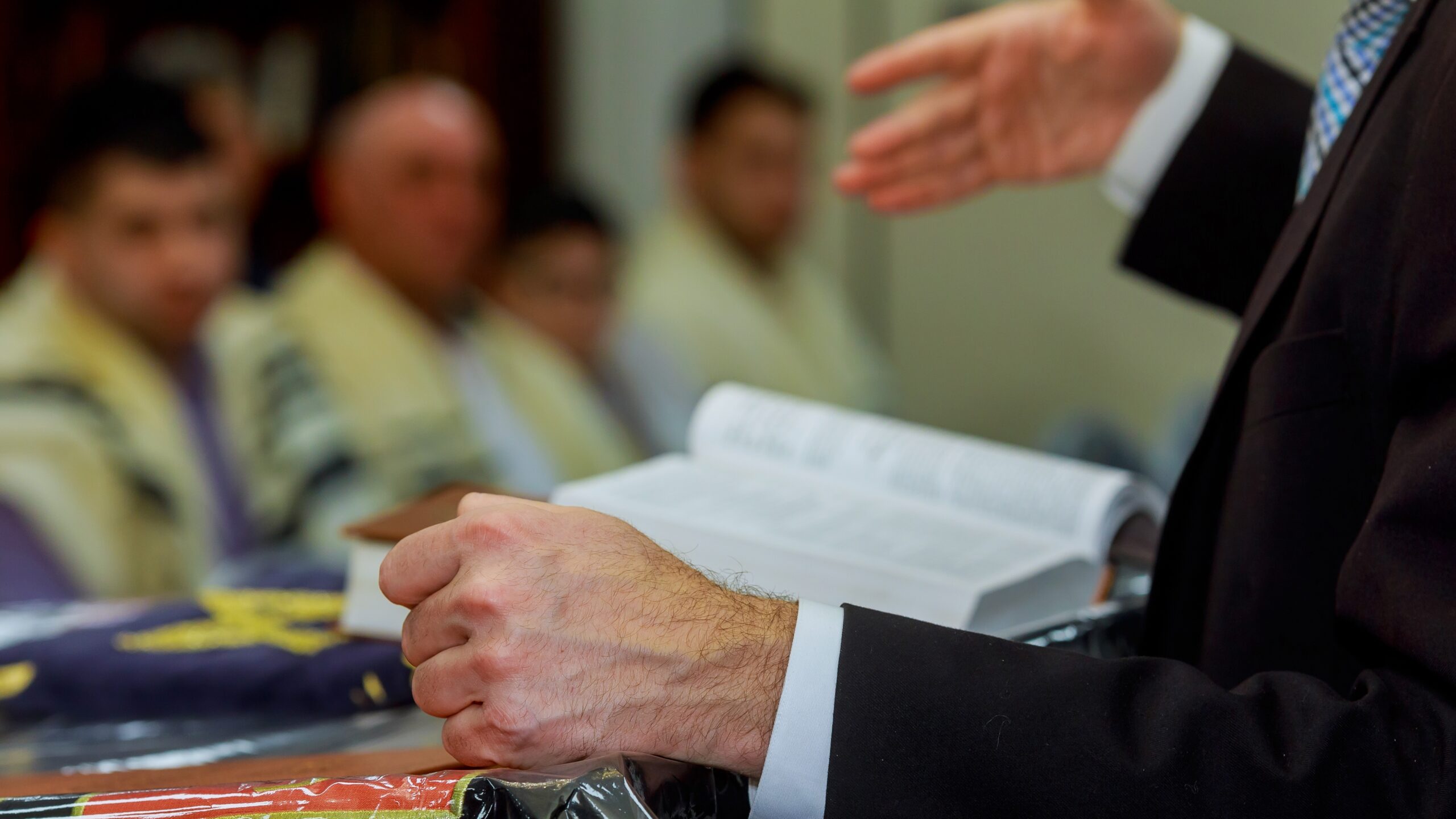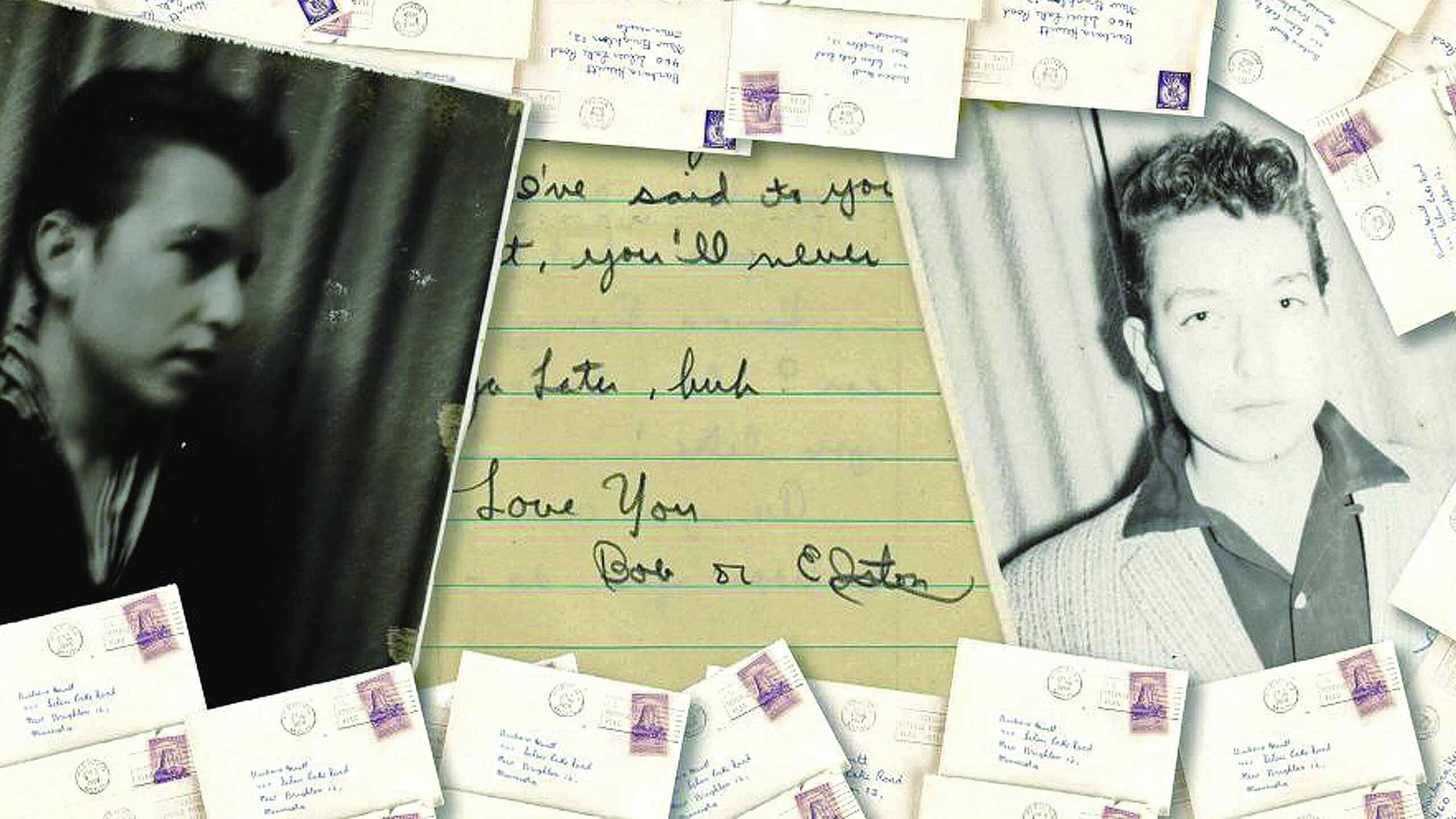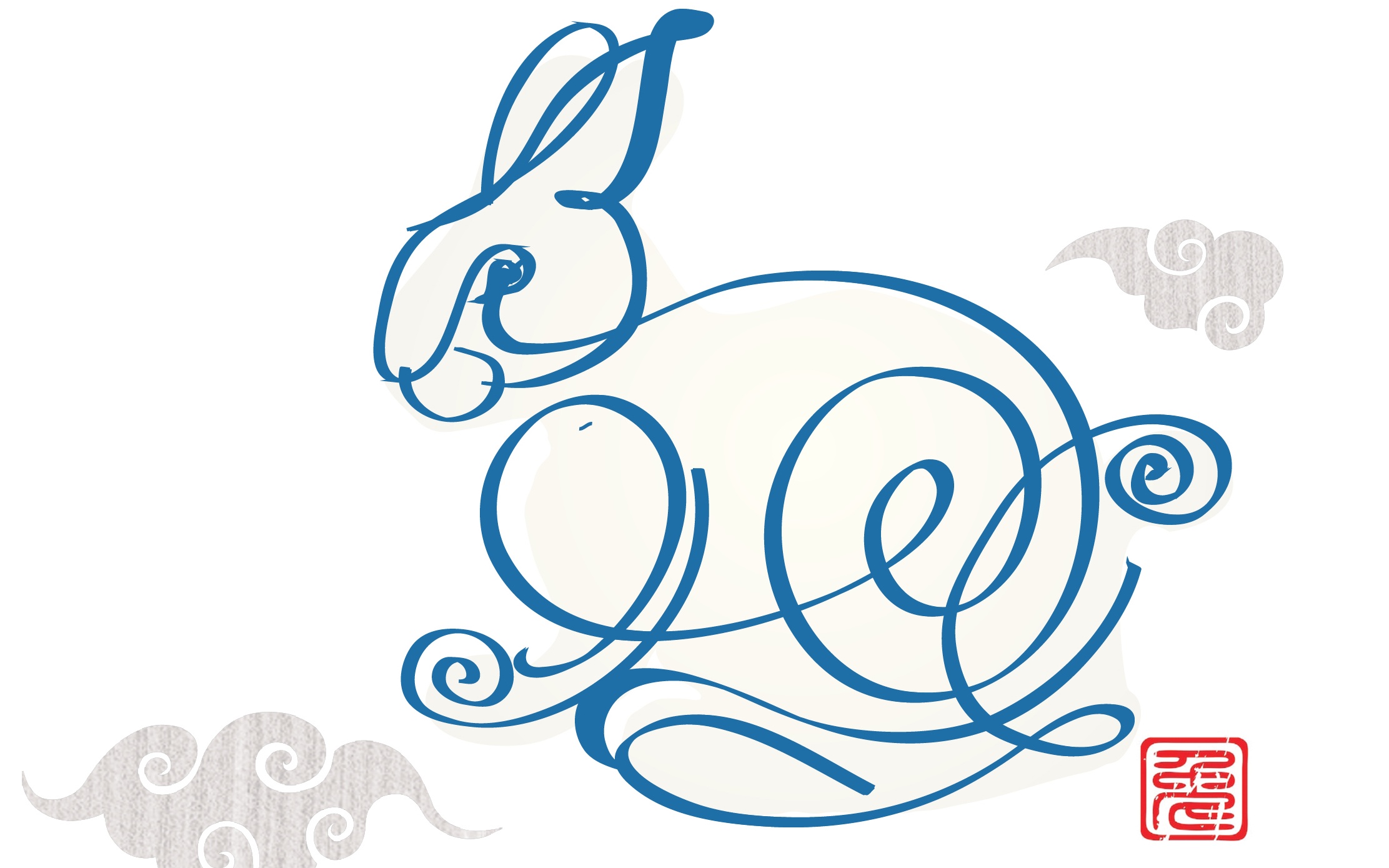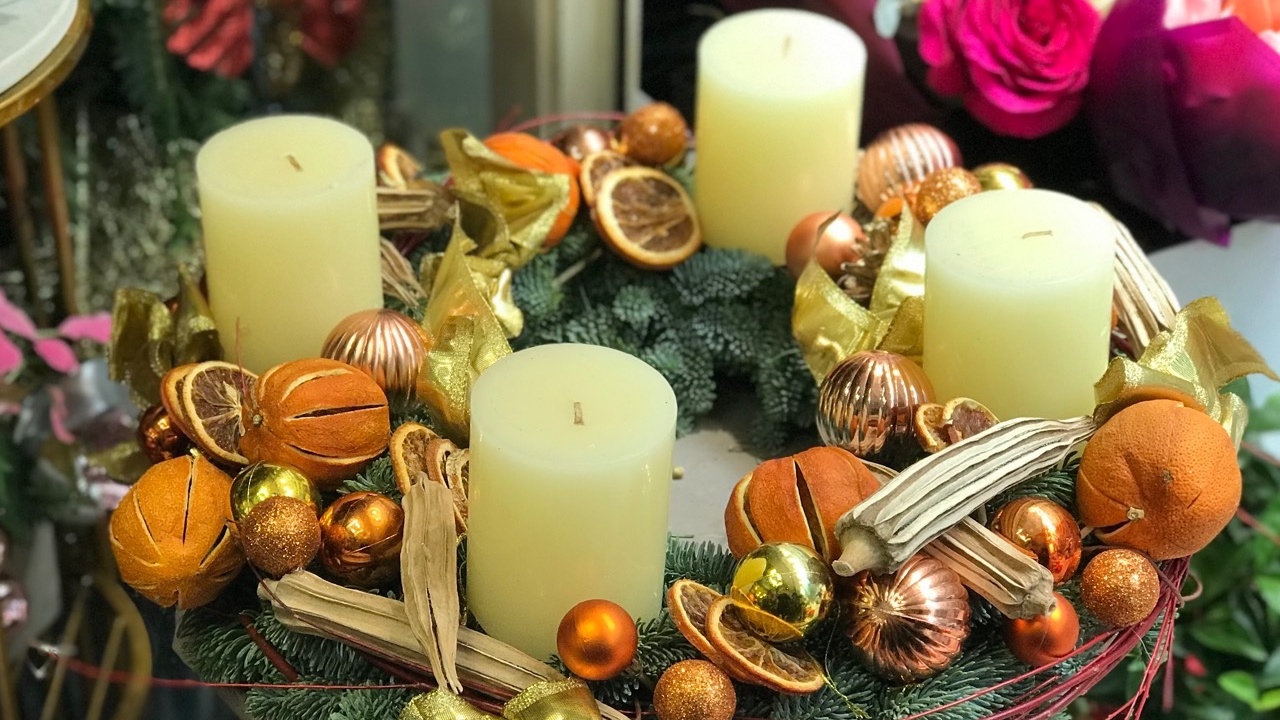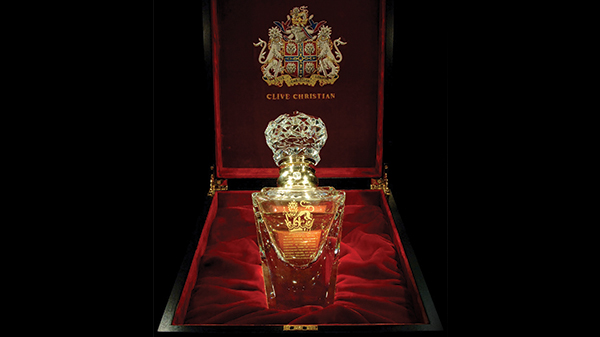
Heavenly scent: Unique, exquisite and rare facts about perfumes
The ‘lipstick index’ is particularly important when crises loom. Coined by Estée Lauder’s former chairman, Leonard Lauder, in the early 2000s, the term is an indicator of economic fluctuation, a barometer to gauge consumer confidence at a time of tumult. When spending is constricted, people delay splurging on big-ticket items like housing and electronics, but they will still treat themselves to smaller, affordable luxuries like lipsticks and perfume.
The lipstick index has held water at every downturn, but it could not foresee a global health crisis marked by extended lockdowns and mandatory face coverings when makeup would lose its lustre. If no one can see your face, let alone read your lips, it is pretty pointless to indulge in a pop of colour. Market research group NPD found that beauty sales tanked by more than 25 percent in the first six months of the pandemic, while third-quarter sales dipped further to 31 percent – an unprecedented global crash. But whether you pin it down to human nature or our innate sense of grooming, the beauty industry always finds a way to survive.
Amid a dynamic shift in priorities and spending patterns, makeup regressed and skincare profited. With its mood-boosting ability to evoke whiffs of calm, safety and sophistication, perfume in particular enjoyed a sharp upswing in demand. According to NPD figures, fragrance sales realised a 45-percent boom in the first quarter of 2021, compared to the previous year. And this most popular of gifting items may only solidify its strong market position over the upcoming holiday season.
Could this interesting indulgence in perfume during the bleakest of years provide a lesson in resilience and recovery for the other beauty players? We delve into a potted history of perfume and emit some surprising fragrance facts.
Story of Scent
From the sharp, woody offerings of cigars to the irresistible smell of honeysuckle, scents can transport us to faraway places in time. Though the Romans did not invent perfume, they gave it a fancy name. The word ‘perfume’ is actually rooted in the Latin term ‘per’, meaning ‘through’, ‘fumus’ and ‘smoke’.
A careful blend of romance with a dash of the surreal, the first form of perfume dates back about 4,000 years. The lingering scent you get on your sweater after a night beside a campfire is how the people of Mesopotamia (modern-day Iraq) discovered fragrance. Burning resins and wood at religious ceremonies imparted a rich, balmy smell which the ancient civilisation used to embalm the dead.
“The lingering scent on your sweater after a campfire is how the Ancient Mesopotamians discovered fragrance”
Historical evidence dates the use of fragrant incense sticks in Egypt to 3,000 BC, where women were spoiled for scent. They indulged in fragrant baths and soaked themselves in oils for sensual pleasure. By the first century AD, well-heeled Romans were swimming in scent. Frankincense, myrrh and nard were burning lavishly at holy places, festive gatherings and affluent homes in the city. It is said that more than a million kilos of frankincense were imported from Arabia each year for burning, rubbing or sprinkling on the floor or bedspreads. In 54 AD, Roman emperor Nero – who was crazy about roses – spent the equivalent of US$100,000 to drown his guests in its scent at just one party.
Eau de Cigarette
Perfume was a marker of status in the 19th century. In the 1920s, a woman could simply spray on the smell of cigarettes instead of smoking them. One of the most influential, historical perfumes ever sold, Molinard’s Habanita, was introduced in perfumed sachets in 1921 and was an instant success.
As the first women’s fragrance with a strong vetiver vibe, Habanita was received as a decadent token of emancipation for the modern miss who loved mixing the biting smell of tobacco with here angelic façade. Considered a tad brazen at the time, the punchy, leathery offering is still available today (and so wearable).
Sniff Number One
Fine fragrance can cost a fortune. At more than US$2,000 per ounce, Clive Christian’s No.1 Imperial Majesty was named as the Most Expensive Perfume by the 2006 Guinness Book of World Records. It came by chauffeur-driven Bentley encased in a Baccarat crystal bottle ringed by 18K gold and a five-carat diamond.
The rarer the perfume ingredients, the higher its cost. The price of your favourite luxury fragrance is reflective of the purity of its elements, the expert craftsmanship of the master perfumer, its limited quantity, and the ornaments that adorn the flacon.
“In the ’20s, a woman could simply spray on the smell of cigarettes without actually smoking them”
Million-Dollar Nose
Acclaimed French master perfumer Jean Carles, co-creator of the iconic Miss Dior in 1947, got his prolific nose insured for US$1 million. According to this industry legend, no one is born with an artistic nose; continuous practice and love for the craft makes for a terrific olfactory memory.
Also Read: Ruling the Roast: Charting the rise of coffee culture around the world
Hard to Swallow
That riveting oceanic, musky scent trail you get in high-end perfumes like Miss Dior, Rochas’ Femme and Guerlain’s Shalimar, as well as fragrances by Chanel, Givenchy and Gucci, is all down to fragrant whale vomit. Yes, you read that right. Also known as ambergris, this solid, waxy substance actually originates from the intestine of a sperm whale. And, with a price tag of US$1,000-plus per ounce, it’s a perfume ingredient more precious than gold.
Ambergris floats in the ocean once being spewed out by Moby and his friends, and becomes oxidised along the shores. Much like fine wine, the longer the hardening process, the more intoxicating the smell. It contains ambrein, a potent chemical that acts as a fixative, making fragrances last longer. Synthetic chemical alternatives of ambergris are available, but luxury perfumes prefer the real deal. While legal in the United Kingdom and France, its use in perfumery in the United States is banned since sperm whales are an endangered species.
Text: Nikita Mishra








